Country
code
Gloucestershire
Crash of a Handley Page HP.137 Jetstream T.1 at RAF Little Rissington
Date & Time:
Nov 1, 1974
Registration:
XX477
Survivors:
Yes
Schedule:
Little Rissington - Little Rissington
MSN:
249
YOM:
1970
Crew on board:
2
Crew fatalities:
Pax on board:
0
Pax fatalities:
Other fatalities:
Total fatalities:
0
Circumstances:
The crew was completing a local training flight at RAF Little Rissington. After takeoff, while climbing to a height of 400 feet, both engines stopped simultaneously. The crew declared an emergency and the airplane stalled and struck the ground. On impact, the undercarriage were torn off and the airplane slid for several yards before coming to rest in a pasture. Both crew members escaped with minor injuries while the aircraft was damaged beyond repair.
Probable cause:
The stall and subsequent accident was the consequence of a double engine failure for undetermined reasons.
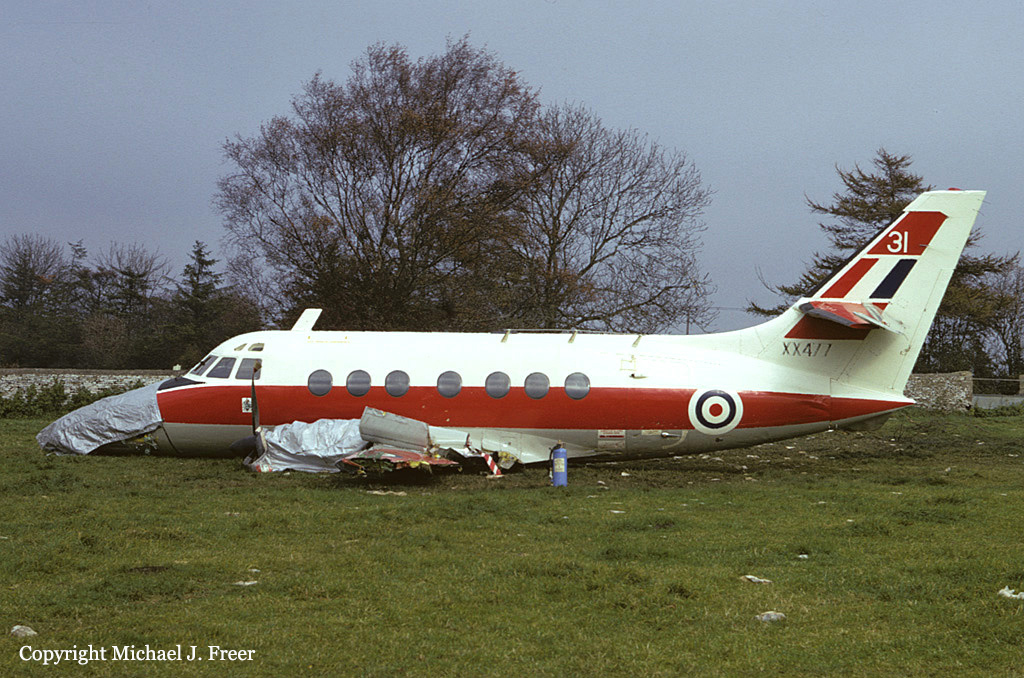
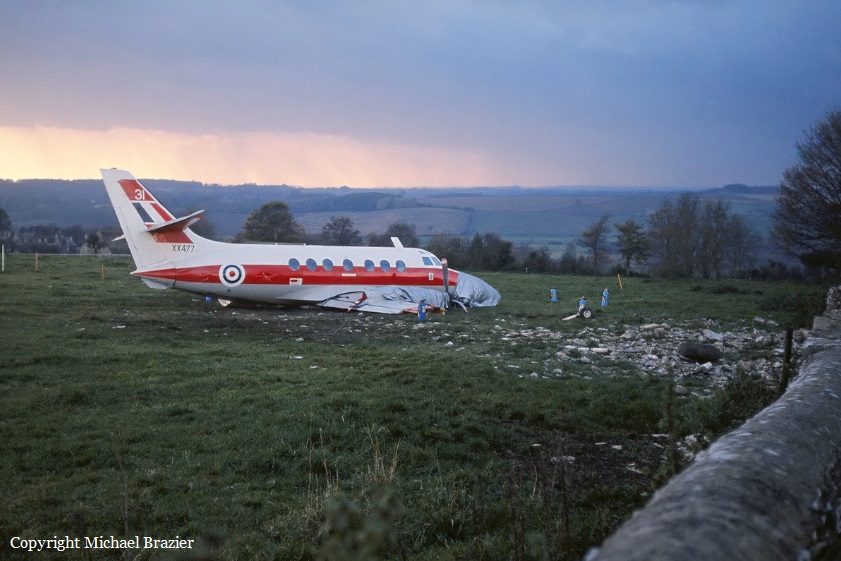

Crash of a Vickers 648 Varsity T.1 at RAF Little Rissington
Date & Time:
Nov 27, 1973
Registration:
WF411
Survivors:
Yes
Schedule:
Little Rissington - Little Rissington
MSN:
557
YOM:
1952
Crew on board:
3
Crew fatalities:
Pax on board:
0
Pax fatalities:
Other fatalities:
Total fatalities:
0
Circumstances:
The crew was completing a local training flight at RAF Little Rissington on behalf of the Central Flying School. After touchdown, the airplane was unable to stop within the remaining distance, overran and came to rest. All three crew members escaped uninjured while the aircraft was damaged beyond repair.

Crash of a Lockheed C-130K Hercules at RAF Fairford: 6 killed
Date & Time:
Mar 24, 1969
Registration:
XV180
Survivors:
No
Schedule:
Fairford - Fairford
MSN:
4196
YOM:
1967
Crew on board:
6
Crew fatalities:
Pax on board:
0
Pax fatalities:
Other fatalities:
Total fatalities:
6
Circumstances:
The crew was engaged in a training mission out from RAF Fairford. During initial climb, the captain ordered the copilot under supervision to shut down the engine n°4 and to feather its propeller. For unknown reason, the copilot inadvertently activated the reverse thrust system, causing asymmetric thrust. The airplane went out of control and crashed in flames in an open field, killing all six occupants.
Crash of a Vickers 648 Varsity T.1 in Gloucester: 2 killed
Date & Time:
Mar 27, 1963
Registration:
G-APAZ
Survivors:
No
Schedule:
Gloucester - Gloucester
MSN:
561
YOM:
1957
Crew on board:
2
Crew fatalities:
Pax on board:
0
Pax fatalities:
Other fatalities:
Total fatalities:
2
Circumstances:
The crew was engaged in a local training flight. Shortly after takeoff from runway 22 at Gloucester-Staverton Airport, while climbing to a height of 600-700 feet, the airplane stalled and crashed on the roof of a house located on Tuffley Avenue. Both pilots were killed while three people leaving in the house were uninjured. The aircraft was destroyed.
Probable cause:
Selection of the starboard engine 'idle-cut-off' switch to CUT-OFF instead of the port to the RUN position, when attempting to re-start the port engine, resulted in a complete loss of power at a low height and the aircraft struck a house in the ensuing crash-landing.
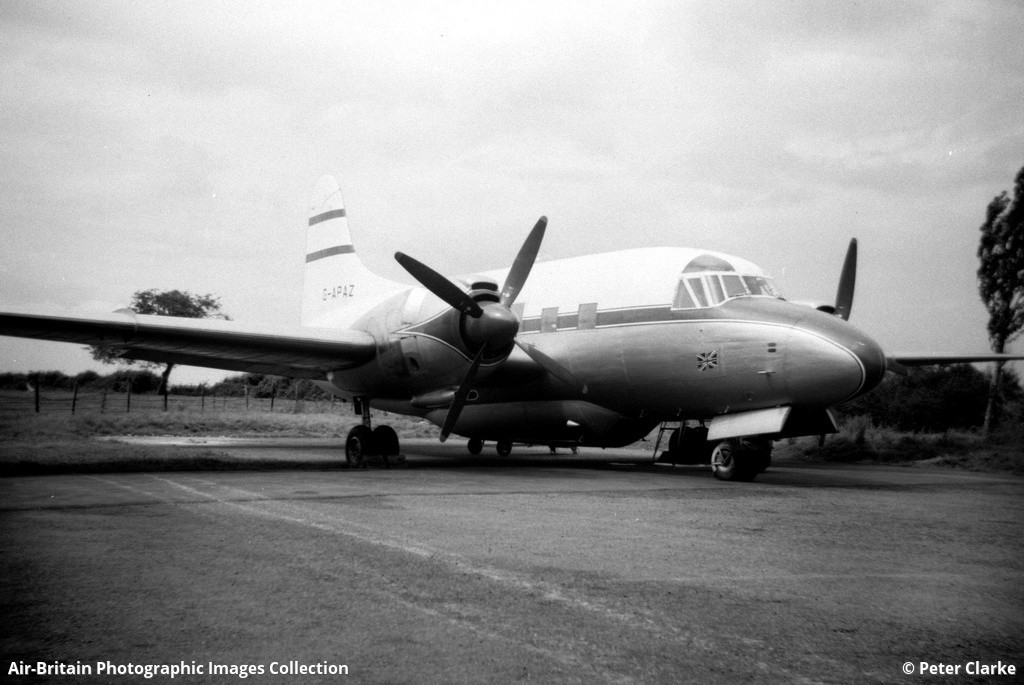
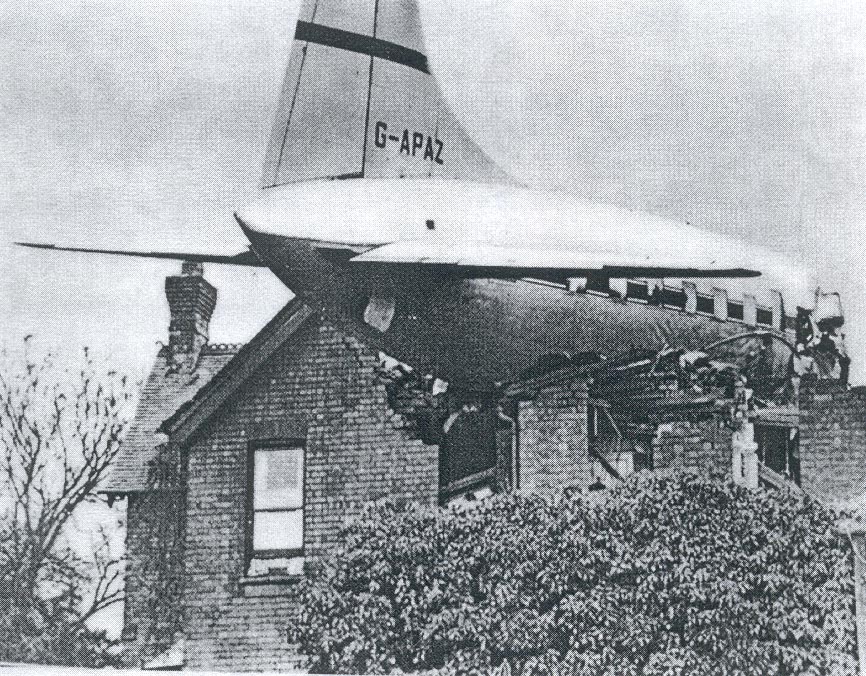
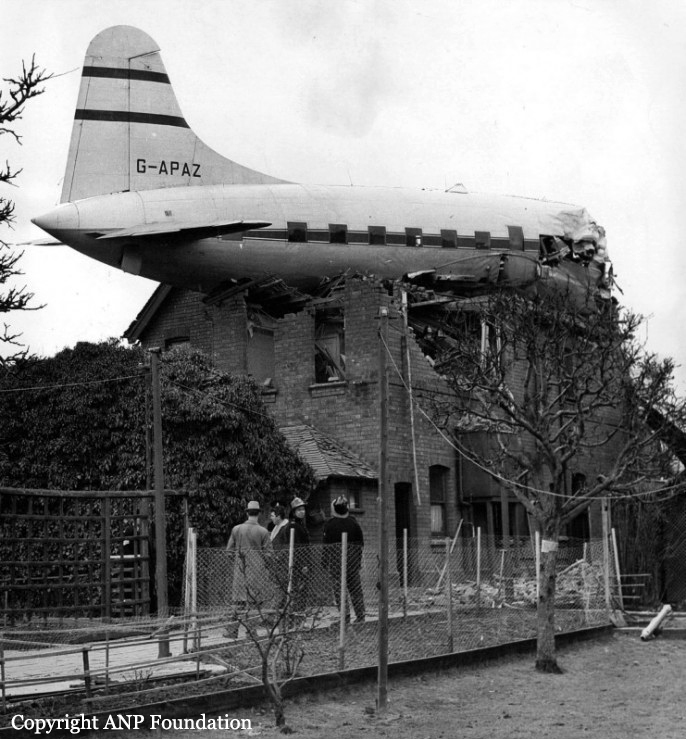
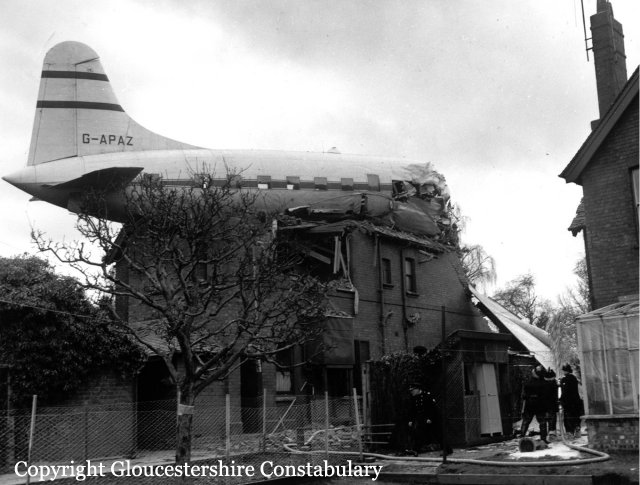
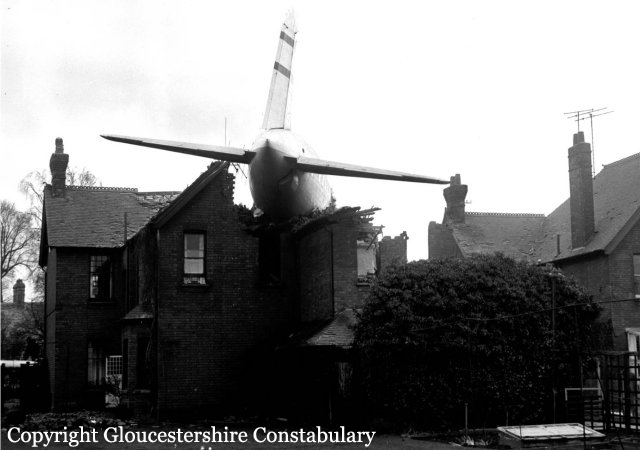
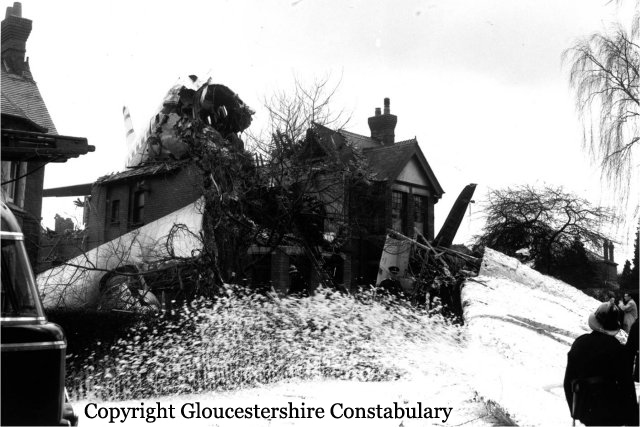
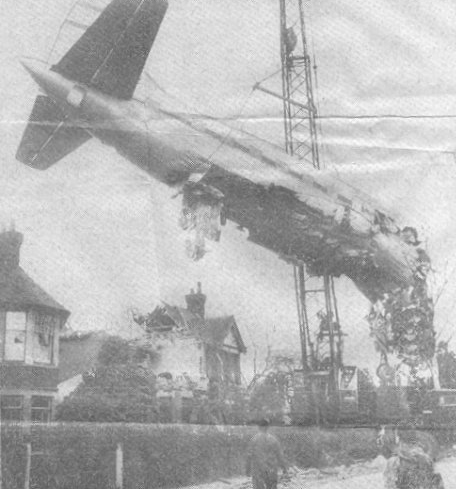

Crash of a Bristol 175 Britannia 301 in Bristol: 15 killed
Date & Time:
Nov 6, 1957
Registration:
G-ANCA
Survivors:
No
Schedule:
Bristol - Bristol
MSN:
12917
YOM:
1956
Crew on board:
4
Crew fatalities:
Pax on board:
11
Pax fatalities:
Other fatalities:
Total fatalities:
15
Aircraft flight hours:
721
Aircraft flight cycles:
268
Circumstances:
The Bristol 175 had just completed a test flight of 1 and 40 minutes. Tests included a strain-gauge measurements on the non-standard propeller of the no. 2 engine, and high speed upset manoeuvre recovery tests in connection with the US certification. Returning to Filton, the aircraft entered a circuit and partial gear extensions occurred for unknown reasons. Attempts may have been made to complete undercarriage free fall tests as these had failed the previous day; such test were not on the programme however. At 1500 feet a left turn to base leg was initiated. The right wing suddenly dropped and the aircraft went into a very steeply banked right hand turn. The Britannia briefly recovered but banked steeply again and struck the ground in a wood near a residential area.
Probable cause:
The accident was the result of the aircraft developing a very steep descending turn to the right which the pilot was unable to control. The reason for this could not be determined, but the possibility that it occurred as the result of malfunctioning of the autopilot cannot be dismissed.

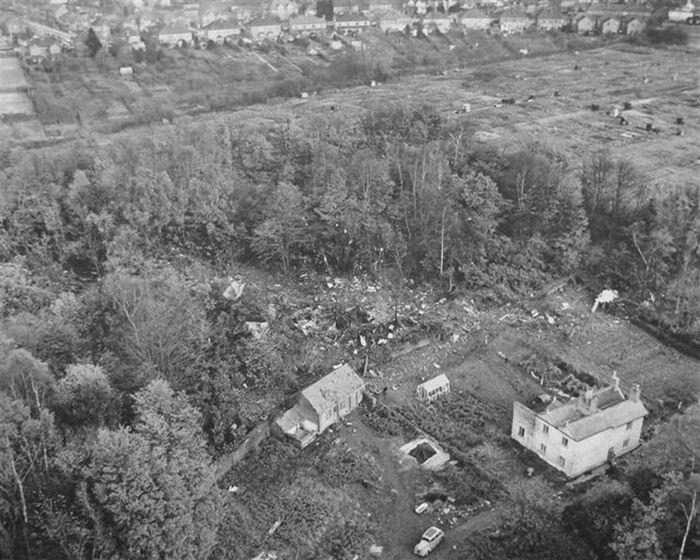
Crash of a Bristol 175 Britannia 101 off Littleton-upon-Severn
Date & Time:
Feb 4, 1954
Registration:
G-ALRX
Survivors:
Yes
Schedule:
Bristol - Bristol
MSN:
12874
YOM:
1953
Crew on board:
13
Crew fatalities:
Pax on board:
0
Pax fatalities:
Other fatalities:
Total fatalities:
0
Circumstances:
The crew (Bristol pilots and engineers and KLM pilots) was performing a test flight out from Bristol-Filton Airport. About seven minutes after takeoff, the engine number three temperature rose. The engine was shut down and later restarted as the temperature cooled. While climbing to an altitude of 10,000 feet, the temperature rose again and the engine exploded. The fire could not be extinguished and as a precaution, it was decided to shot down the engine number four and to return to Filton. On approach, both left engines stopped but were quickly restarted. In such conditions, the captain decided to attempt a belly landing in the Severn estuary, off Littleton-upon-Severn. All 13 occupants escaped with minor injuries while the aircraft was damaged beyond repair.
Source:
http://www.bristol-britannia.com/p/history-of-romeo-x-ray.html
Source:
http://www.bristol-britannia.com/p/history-of-romeo-x-ray.html
Probable cause:
It was determined that the explosion of the engine number three was the consequence of the failure of the reduction gear. A pinion at the front of the propeller shaft had been stripped of its teeth. The revolutionary Proteus turboprop engine had a free turbine design, so the reduction gear failure left the propeller turbine unloaded. In this state it rapidly oversped, and eventually disintegrated in an explosion. The fire was caused by shrapnel piercing the engine oil tank, and igniting the oil. The reduction gear was later redesigned and installed in subsequent aircraft. The straight teeth on the offending pinion were replaced with helical teeth. The cause of the shutdown of engines no. 1 and 2 was due to a short circuit, caused by the fire.
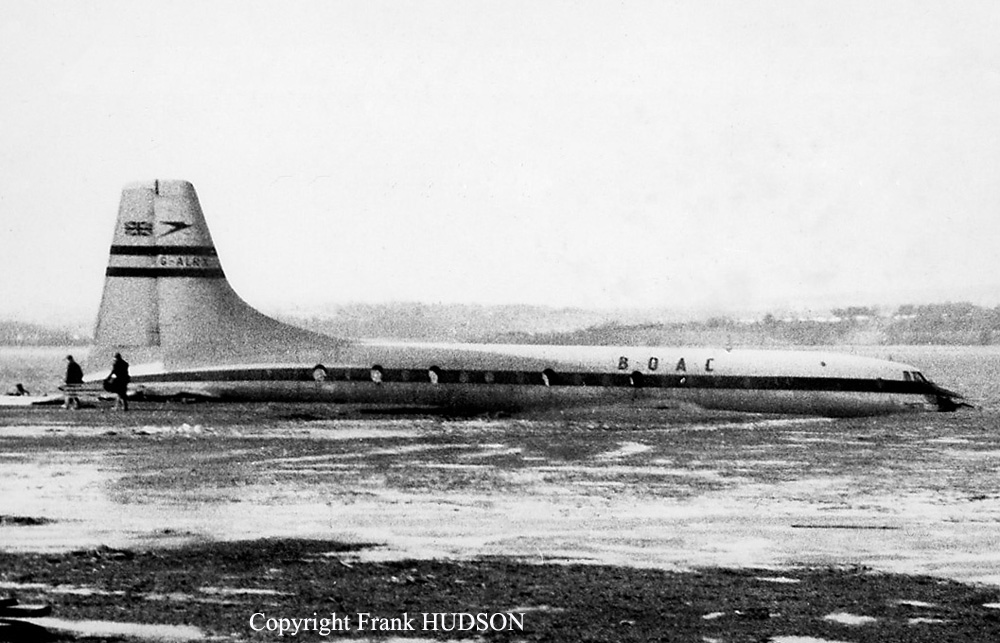
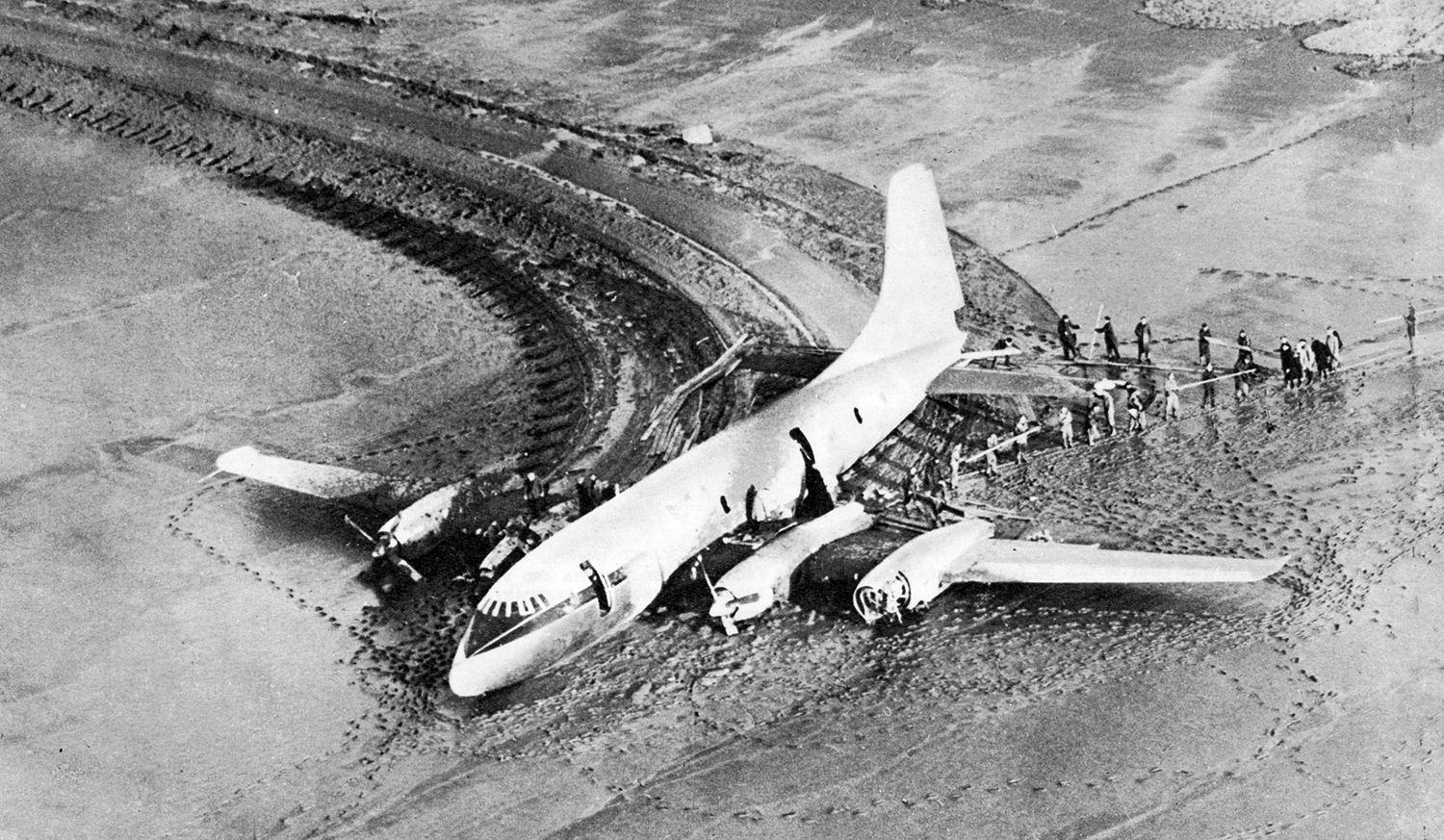

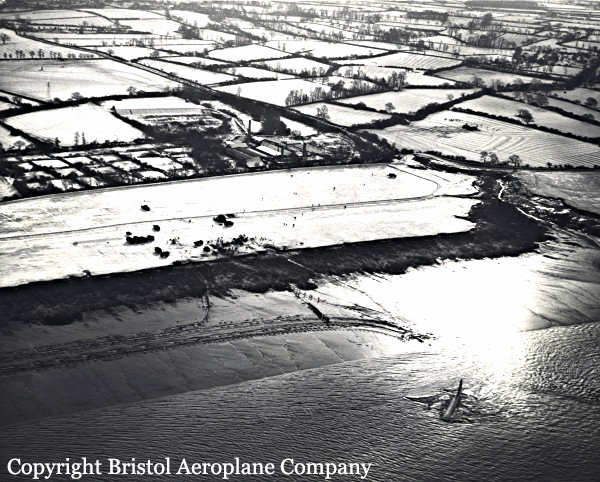




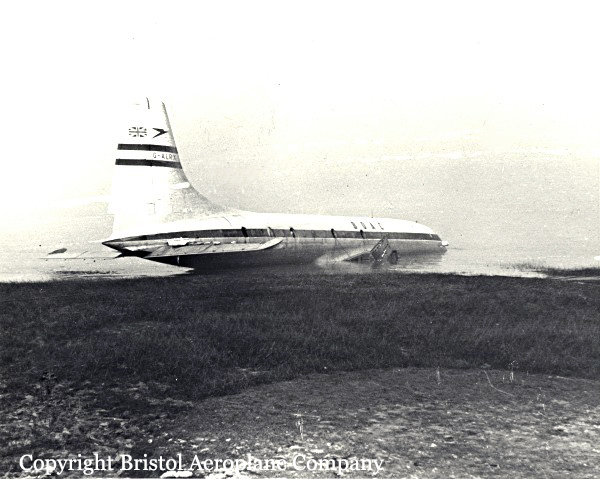
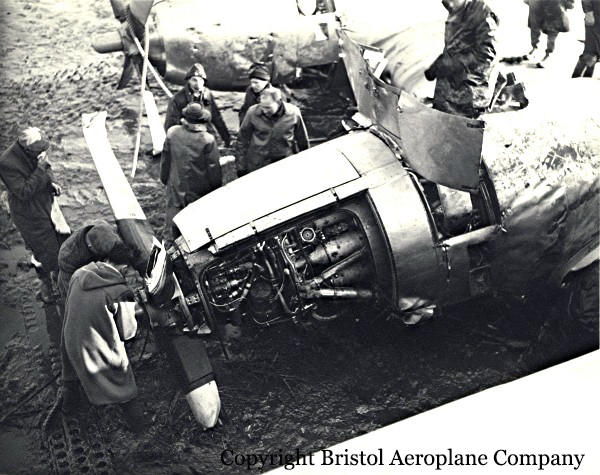
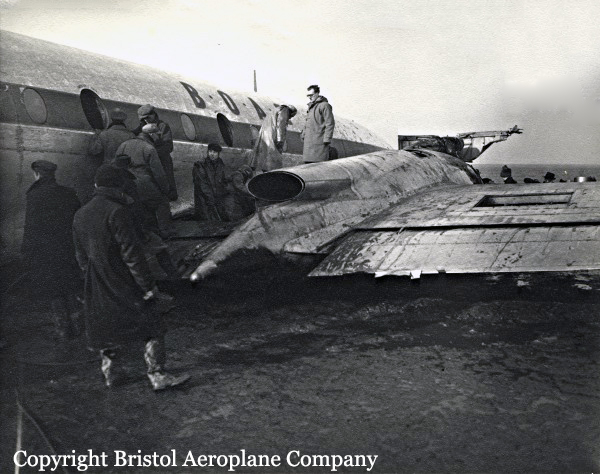

Crash of an Airspeed AS.10 Oxford T.1 in Temple Guiting: 1 killed
Date & Time:
Dec 31, 1952
Registration:
MP287
Survivors:
No
Schedule:
Thorney Island - Wellesbourne Mountford
Crew on board:
1
Crew fatalities:
Pax on board:
0
Pax fatalities:
Other fatalities:
Total fatalities:
1
Circumstances:
The pilot was completing a solo training mission from RAF Thorney Island to RAF Wellesbourne Mountford, Warwickshire. En route, while cruising by night and marginal weather conditions, he lost control of the airplane that crashed in a field located in Temple Guiting, about 10 miles northeast of Cheltenham. The aircraft was destroyed and the pilot was killed.
Probable cause:
It is believed that the loss of control was caused by an excessive accumulation of frost or ice on the aircraft during flight. The assumption that the pilot lost his orientation due to the accretion of ice on the windshield is not ruled out.
Crash of an Airspeed AS.10 Oxford T.1 in Gloucester: 2 killed
Date & Time:
Dec 2, 1952
Registration:
PK294
Survivors:
No
Crew on board:
2
Crew fatalities:
Pax on board:
0
Pax fatalities:
Other fatalities:
Total fatalities:
2
Circumstances:
During a training sortie, while cruising at low altitude, the crew made a sharp turn to the left when the left wing hit tree tops. The twin engine aircraft lost height and crashed in flames in the Morar forest, killing both pilots.
Probable cause:
Poor judgment on part of the crew.
Crash of an Avro 652 Anson T.21 in Little Sodbury: 2 killed
Date & Time:
May 29, 1951
Registration:
VS582
Survivors:
Yes
Schedule:
Hullavington - Hullavington
Crew on board:
4
Crew fatalities:
Pax on board:
0
Pax fatalities:
Other fatalities:
Total fatalities:
2
Circumstances:
The crew was performing a local training sortie at RAF Hullavington. While approaching in poor weather conditions from the west, the twin engine aircraft became uncontrollable after improper handling on part of the copilot in command. The captain elected to regain control of the airplane that crashed in a field located southeast of Little Sodbury, about eight miles west of RAF Hullavington. Two crew members were killed while two others were seriously injured.
Crew:
F/Lt William Ellis Bowden, †
F/Lt Newton Mold, †
Cad L. G . Clarke,
Cad N. Orr.
Crew:
F/Lt William Ellis Bowden, †
F/Lt Newton Mold, †
Cad L. G . Clarke,
Cad N. Orr.
Probable cause:
Improper actions by the copilot on approach led the aircraft to become uncontrollable. Several attempts to regain control by the captain were unsuccessful.

